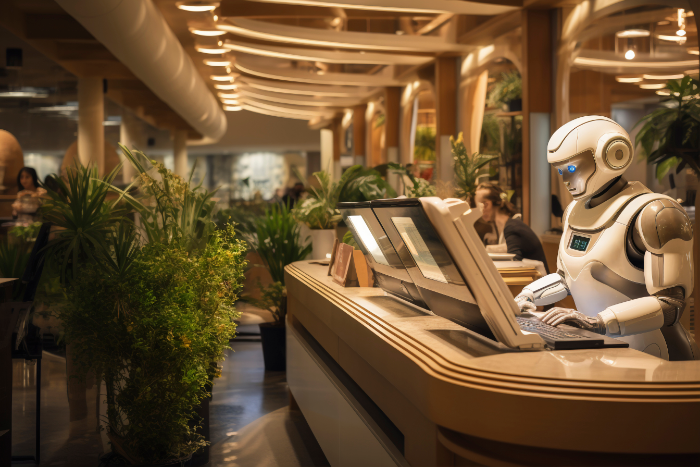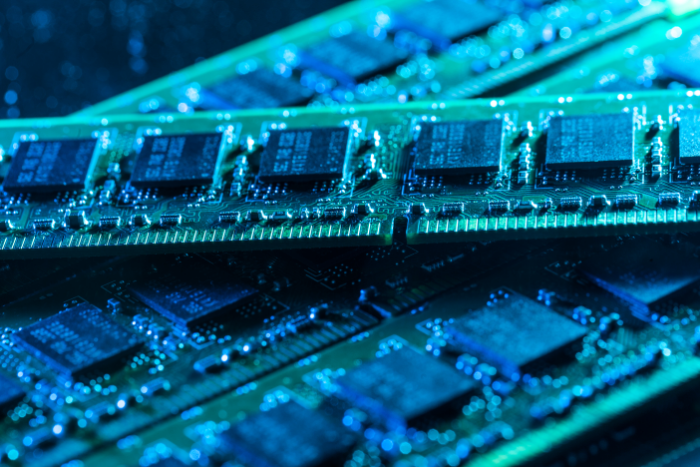Urban development is undergoing a revolution, thanks to artificial intelligence (AI). With advancements in AI place DC Placemaking—a people-centered approach to urban design—is being transformed in exciting new ways. AI-driven placemaking initiatives are not only making cities more efficient but also more sustainable, livable, and engaging. Washington, DC is at the forefront of this movement, leading the charge in utilizing AI to shape the future of urban spaces.
What is Placemaking?
Placemaking is a collaborative process that involves planning, designing, and managing public spaces to create places that foster community interaction, improve well-being, and enhance the quality of life. Traditionally, placemaking relied on human input through surveys, focus groups, and observations. However, with the advent of AI, this process is becoming more data-driven, leading to smarter, more adaptable urban environments.
The Role of AI in Placemaking
AI has a profound impact on the placemaking process. By leveraging vast amounts of data, AI can offer insights that were previously inaccessible. From traffic patterns to environmental data, AI helps urban planners create spaces that meet the evolving needs of city residents.
AI tools can automate tasks like predicting foot traffic, optimizing green spaces, and even generating designs that improve overall functionality and aesthetics. This allows for more efficient use of resources, reduced planning time, and the creation of smarter urban areas that are responsive to human needs.
AI-Driven Data Analytics for Urban Spaces
Data is the backbone of AI-driven placemaking. AI-powered analytics allow urban planners to collect real-time data on everything from pedestrian movement to environmental changes. These insights enable the creation of adaptive spaces that evolve with the city’s needs. Imagine a park that adjusts its lighting based on user traffic or a building that alters its energy consumption depending on occupancy rates. Artificial intelligence makes all of this possible by interpreting large datasets and predicting future trends.
AI place DC Placemaking: A Unique Initiative
AI Place DC Placemaking is a pioneering project aimed at incorporating AI into Washington, DC’s urban planning and development. This initiative seeks to leverage AI technologies to create more efficient, sustainable, and inclusive urban spaces. The project involves various stakeholders, including city planners, tech companies, and community leaders, working together to shape the future of the city.
Benefits of AI in Urban Development
AI offers numerous benefits in urban development, particularly in improving the design and functionality of public spaces. By analyzing data from a variety of sources, AI can identify patterns and suggest improvements that would otherwise go unnoticed.
Efficiency and Sustainability
AI helps cities use their resources more efficiently. For instance, AI can optimize energy consumption by adjusting heating, cooling, and lighting based on real-time usage. This not only reduces costs but also minimizes environmental impact. In addition, AI models can help combat urban sprawl by predicting population growth and guiding sustainable development practices.
Case Study: AI and Smart Cities
Washington, DC is one of several cities around the world using AI to enhance placemaking efforts. The city has implemented several AI-driven projects, such as traffic management systems that reduce congestion and AI-powered sensors that monitor air quality in real-time. These initiatives aim to make the city more livable, efficient, and responsive to the needs of its residents.
Washington DC as a Placemaking Hub
Washington DC is uniquely positioned to lead in AI placemaking. With its blend of historical landmarks, diverse population, and focus on public spaces, the city offers an ideal environment for testing new AI-driven urban development strategies. Projects like AI Place DC are setting the stage for other cities to follow.
Community Engagement in AI Placemaking
One of the critical elements of successful placemaking is community involvement. AI should not replace human input but rather enhance it. By using AI, urban planners can create digital platforms that allow for greater public participation in the planning process. For example, AI can be used to gather feedback from residents through surveys or social media, ensuring that public spaces reflect the needs and desires of the community.
How AI Enhances Public Participation
AI can also create immersive virtual reality (VR) models that allow residents to visualize potential developments. This enables communities to interact with proposed plans in real-time, offering feedback before any physical changes are made. In this way, AI acts as a bridge between planners and the public, ensuring that urban spaces are designed with both data and human experience in mind.
Challenges in AI-Based Placemaking
Despite its many advantages, AI-based placemaking is not without challenges. Ethical considerations, such as ensuring that AI is used fairly and does not exacerbate existing inequalities, are crucial. There are also concerns about data privacy, as AI requires access to large amounts of personal and environmental data. Furthermore, some communities may resist AI-driven changes, preferring more traditional approaches to urban development.
The Future of AI in Urban Development
The future of urban development will undoubtedly involve AI. As the technology continues to evolve, we can expect to see even more sophisticated AI applications in placemaking. Cities will become smarter, more sustainable, and more responsive to the needs of their residents.
Integrating AI with Sustainable Practices
One exciting possibility is the integration of AI with green technologies. For example, AI can be used to design buildings that are energy-efficient and environmentally friendly, contributing to the fight against climate change. In this way, AI has the potential to make our cities not only more livable but also more sustainable.
Conclusion
AI is revolutionizing the way cities are designed and developed. By enhancing the placemaking process, AI helps urban planners create spaces that are more efficient, sustainable, and community-focused. While challenges remain, the future of AI in urban development is bright, with cities like Washington DC leading the way. The key will be balancing technological advancements with the needs and desires of the community to create urban spaces that benefit everyone.
FAQs
What is AI-driven placemaking?
AI-driven placemaking refers to the use of artificial intelligence to analyze data and make informed decisions about urban design and development, improving public spaces and creating smarter cities.
How does AI improve public spaces?
AI improves public spaces by using data to optimize their design, functionality, and sustainability, ensuring they meet the needs of residents and adapt over time.
Are there risks to using AI in urban development?
Yes, some risks include data privacy concerns, ethical considerations, and the potential for AI to widen social inequalities if not used responsibly.
What cities are leading in AI-driven placemaking?
Cities like Washington DC, Singapore, and Amsterdam are leading in the use of AI for urban development and placemaking.
How can communities get involved in AI placemaking projects?
Communities can participate through digital platforms, provide feedback via surveys or social media, and engage with virtual reality models to influence urban planning decisions.


